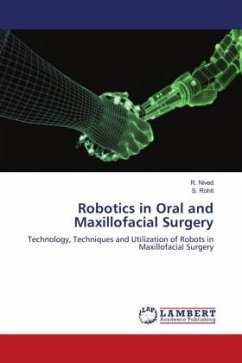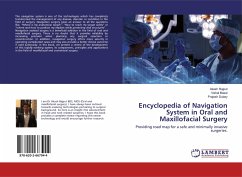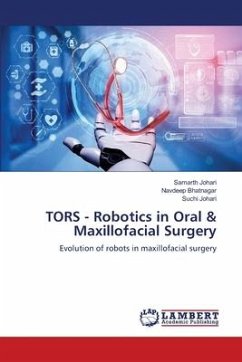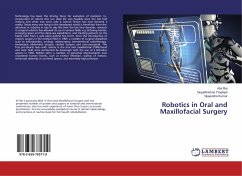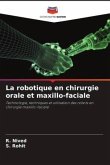Maxillofacial surgeries have conventionally been performed with a large incisions, either via a transmandibular or transpharyngeal approach, because of complicated anatomy and limited surgical space, whereby resulting in significant surgical morbidity and speech dysfunction from dissection of large amount of normal tissue. Robot-assisted surgery is getting increasingly popular not only in abdominal surgery, urology, orthopedics, radiosurgery, interventional radiotherapy, cardiac surgery and neurosurgery but also in the Head and Neck Oncology. Tumors of maxillofacial region, especially those involving throat, base of tongue and tonsils, are often difficult to approach using traditional methods of surgery, thus necessitating large neck incisions and lower jaw resection to gain access. Thus, the technology described here allows the surgeons to access tissues through a few small incisions and the focus of this technology is to preserve function, reduce post-operative morbidity and toimprove the quality of life.
Bitte wählen Sie Ihr Anliegen aus.
Rechnungen
Retourenschein anfordern
Bestellstatus
Storno

